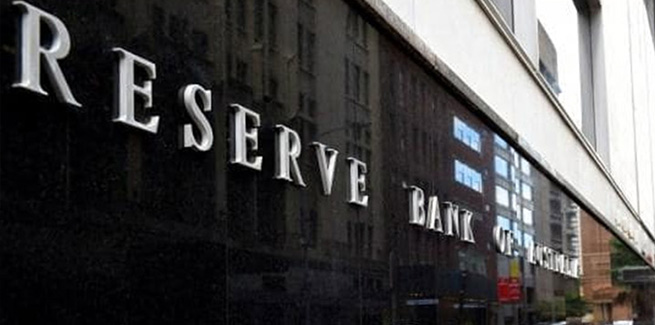Addressing the House of Representatives standing committee on economics on 5 February, the Reserve Bank of Australia (RBA) governor Philip Lowe has reiterated that the central bank would not focus on housing prices.
“As we have previously discussed at these hearings, the RBA does not – and should not – target housing prices,” Mr Lowe said.
“Instead, our focus is on the lending that is used to purchase housing. We want to see lending standards remain strong.”
Mr Lowe flagged that if there was a deterioration in lending standards, the RBA and other regulators would respond.
“At present, there are few signs of a deterioration in these standards,” he said.
“If that were to change, you could expect that we would be discussing possible responses at the Council of Financial Regulators (CFR), as we did a few years ago, and that was successful.”
The CFR is the coordinating body for Australia’s main financial regulatory agencies and has four members including the Australian Prudential Regulation Authority (APRA), the Australian Securities and Investments Commission (ASIC), the Reserve Bank of Australia (RBA) and The Treasury.
Mr Lowe’s comments last week on maintaining robust lending standards have followed his appearance before the standing committee on economics last year, where he voiced his support for the proposal to scrap responsible lending laws “in the spirit of reducing unnecessary regulatory burden”.
He had said then that it is appropriate to review responsible lending laws, adding that the federal government’s proposal to change the obligations “is the right direction to be heading in”.
The federal government first proposed consumer credit reforms in September 2020 in a bid to improve credit flow by reducing the time it takes consumers and businesses to access credit so that consumers can “continue to spend and businesses can invest and create jobs”.
The National Consumer Credit Protection Amendment (Supporting Economic Recovery) Bill 2020 was introduced at the end of last year and read for the first and second time.
While the reforms proposal has received support from the finance and property industry – who believe it could improve the flow of credit and reduce the amount of red tape in the loan writing process- members of the Labor Party, senators, and consumer groups have held concerns about the proposals and have opposed them.
Following this, the Senate had referred the National Consumer Credit Protection Amendment (Supporting Economic Recovery) Bill 2020 to the Senate economics legislation committee for review. The deadline for the submissions for the inquiry was 3 February.
The Senate is expected to report back to the chamber on 12 March.
‘Many moving parts’ in housing market
During his appearance at the economics standing committee last week, Mr Lowe also made observations about the housing market and said that “there are many moving parts here at the moment”.
These moving parts include record-low interest rates, a shift in preferences towards detached houses and regional locations, government incentives for first home buyers (FHB), and the “slowest population growth in a century” due to border closures amid the coronavirus pandemic.
Furthermore, there have been high rates of house building and a considerable decline in apartment rents in Sydney and Melbourne, Mr Lowe said.
Indeed, recent data from the Australian Bureau of Statistics (ABS) showed that detached housing approvals reached new highs in December 2020, rising 15.8 per cent in December. This is the largest number of approvals since the series began in 1983.
Meanwhile, loan commitments have continued to break records, with the total value of new housing loan commitments rising by 8.6 per cent (seasonally adjusted terms) in December 2020.
Last year, analysis by CoreLogic revealed that a steep decline in net overseas migration would likely result in a higher volume of rent listings and falling rent values across key inner-city precincts.
“In the face of all these moving parts, the housing market has been more resilient than we expected and this has been helpful for the overall economy,” he said.
“The past year would have been even more complicated if there had been large, ongoing widespread falls in housing prices.”
Despite house prices currently rising across most of Australia, the national housing price index is “only around the level that it reached four years ago”, Mr Lowe added.
Recent data from CoreLogic showed that housing values had hit a record high in January 2021, with median values now at over $583,000.
CoreLogic’s latest Hedonic Home Value index found that home values were up 0.9 per cent over January, and 3.0 per cent on the year.
[Related: Low rates could see 30% house price rise: RBA]
 ;
;

Comments (0)